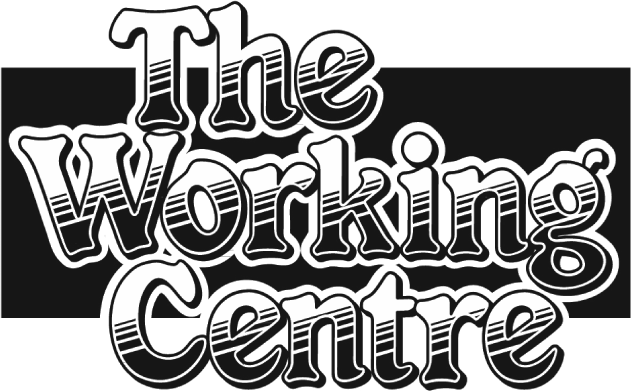The Catholic Worker Movement began simply enough on May 1, 1933, when a journalist named Dorothy Day and a philosopher named Peter Maurin teamed up to publish and distribute a newspaper called "The Catholic Worker." This radical paper promoted the biblical promise of justice and mercy. Grounded in a firm belief in the God-given dignity of every human person, their movement was committed to nonviolence, voluntary poverty, and the Works of Mercy as a way of life. It wasn't long before Dorothy and Peter were putting their beliefs into action, opening a "house of hospitality" where the homeless, the hungry, and the forsaken would always be welcome.
Peter Maurin described the basic program of the Catholic Worker Movement as having three main components:
- Roundtable discussions for the clarification of thought
- Houses of hospitality to practice the works of mercy
- Farming communes to develop community-based production of essential goods
Over many decades the movement has protested injustice, war, and violence of all forms. Today there are some 130 Catholic Worker communities in the US and Canada. Many of the Working Centre's ideas are rooted in Maurin and Day’s vision of “building a new society in the shell of the old,… where it is easier for people to be good”.
Links:

